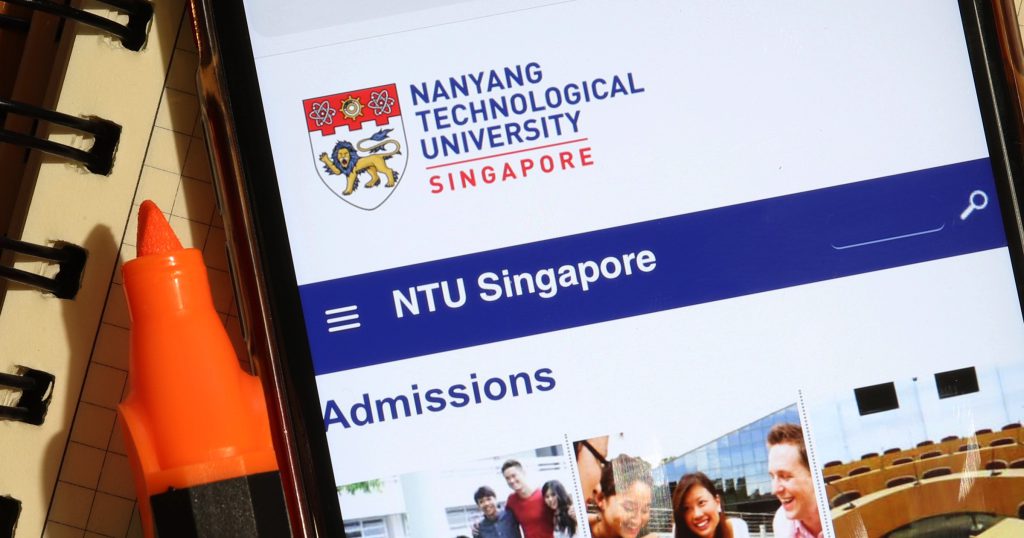And it’s official. Grab has taken over Uber’s SEA operations, and along with it the Uber Eats platform. As already mentioned in reports earlier today, Grab will fully assimilate Uber’s existing Southeast Asian business, while Uber will receive a 27.5% stake in the resulting merger.
“First of all, as a fellow Malaysian, I believe that this development is a major milestone for all of us, and not just from my perspective,” said Grab Malaysia’s Country Head Sean Goh in a separate statement.
“After all, Grab is a homegrown startup which started life in Malaysia just under six years ago. Who would have thought that we would be where we are today?”
“We are now on track towards our goal of becoming the number one ride-hailing, fintech and food delivery platform in Southeast Asia.”
This merger potentially affects 90 million users in the region where this applies, so we’ve gathered and narrowed down some important information about how the merger immediately affects the customers and partners of both Grab and Uber below.
Update: We’ve amended the number of users in the paragraph above based on new data from Grab.
What will happen to existing customers and drivers?
In their press statement, Grab have acknowledged the trickiness of attempting to merge two large and similar businesses together, especially when they involve millions of consumers on the platform.
Those wondering how exactly the merger will be carried out should take note of these following points:
- All existing Uber services will continue to run for two weeks until the 8th of April, during which Grab will help existing Uber drivers make the switch.
- The Uber Partner app will continue to function until the 8th of April. Existing Uber drivers will be notified on how to make the switch through email or through the official FAQ page within the next five days after the announcement of the merger.
- All drivers on the Grab platform will continue to enjoy the benefits offered by the Grab365 programme, which acts a support system for all of Grab’s driver-partners.
- There will be no change to the benefits and price structures on the Grab platform, nor will the increase of Grab drivers affect current earnings.
- There will also be no alterations to Grab’s current ride-sharing offerings. For example, taxi drivers will still have the option of using the GrabTaxi option to accept metered fares.
- Other services such as GrabRewards and GrabAllstars will continue to exist and provide benefits, incentives, and rewards for both old and new drivers and customers.
How about the Uber Eats platform?
On the food delivery front, the existing Uber Eats business will become GrabFood. To allow time for this transition, Uber Eats will run until the end of May this year, after which it will be fully assimilated into the new platform.
According to Sean Goh, GrabFood will aim to rapidly expand its reach in SEA and create more opportunities for delivery couriers and F&B outlets.
For those wondering about how the transition from Uber Eats to GrabFood will affect them, here’s a list of essentials to take note of:
- All F&B options that were available on Uber Eats will also continue to be available on the GrabFood platform.
- Prices that were on Uber Eats remain the same on GrabFood.
- Your Uber Eats order history will continue to remain on the Uber Eats app, while GrabFood will require users to sign up for a new account and profile.
- Existing F&B operators will have their Uber Eats profile automatically migrated to the new GrabFood platform. When the time to switch arrives, Grab will prompt existing Uber Eats users to make the transition.
- For F&B operators and delivery partners, Grab says that there will be no change in compensation charges for the foreseeable future.
- The Uber Partner app will cease to function altogether in May. All operators will be required to make the move to GrabFood, where operations will continue as normal.
###
For now, it appears that for users, our experience is not supposed to majorly change, if we go by their statements. At most, we’ll have to download different apps and set up new accounts. However, time will tell if these hold true.
After all, when Didi Chuxing acquired Uber in China, they found that it was harder to hail rides a year later. We’d like to hope the same wouldn’t happen in this region, and we’ve made a few predictions about what could happen, so we’ll be keeping our eye on the space.
- For the full list of FAQs, check out the related Partner Page or Uber Eats Page.
Feature Image Credit: Grab











